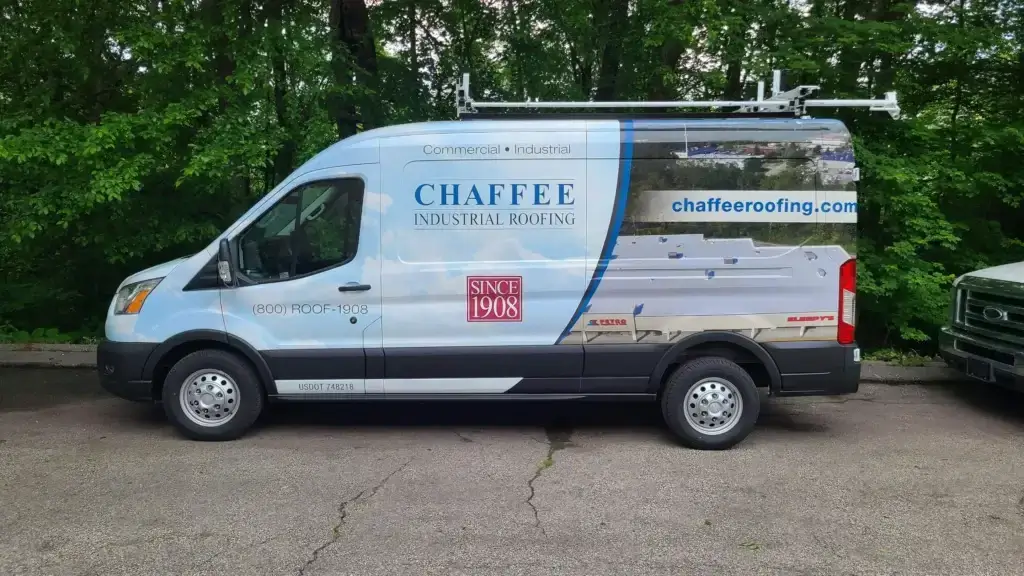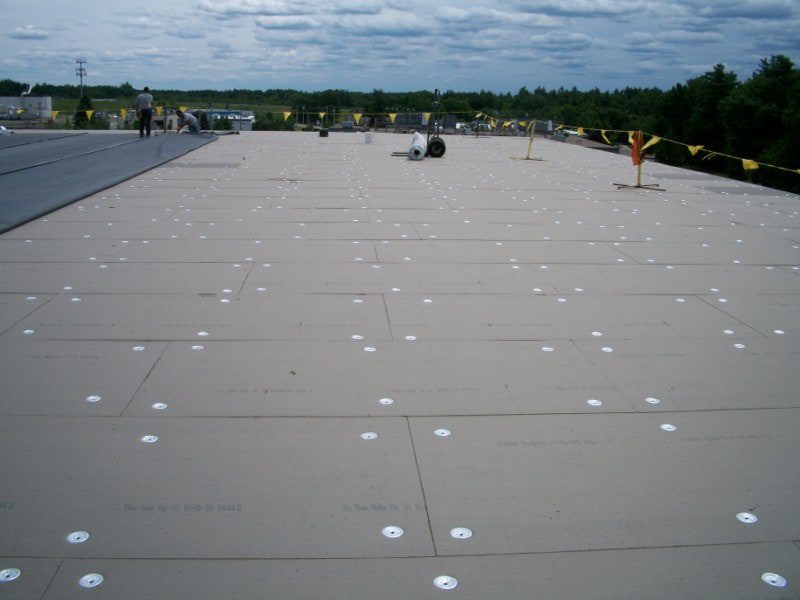Most flat roofing systems require some kind of rigid insulation under the new roofing system. The biggest reason is that all flat roofing systems require a substrate between the structural decking and the new roof system. The second and more obvious reason is for higher R-values, which building owners are asking for, and building code throughout New England is requiring.
The most common types of flat roofing rigid insulation are below. For more information, click on the name of the insulation.
Contact Us
Get A Free Consultation Today!
Whether you have a question about types of roofs, the roofing process, or want to discuss your needs further, please fill out this brief form below, and someone will be in touch with you within 24 hours.
If you need immediate assistance our Emergency Phone is: 401-432-7670
"*" indicates required fields

